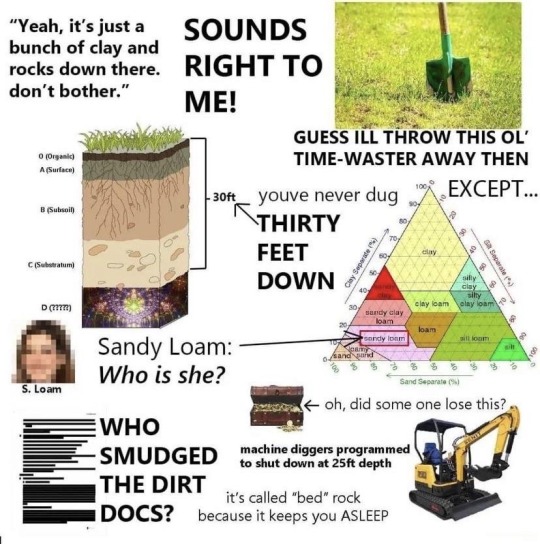#Geology
Text
geology students will literally say shit like “my dirt class was cancelled today” or “the professor for my class on sand gave us homework about worms” like we’re 8 year olds on the playground inventing new terms for playing in the grass during recess
851 notes
·
View notes
Text
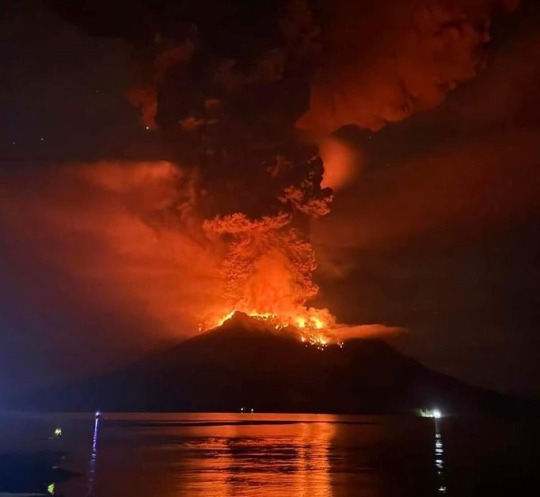
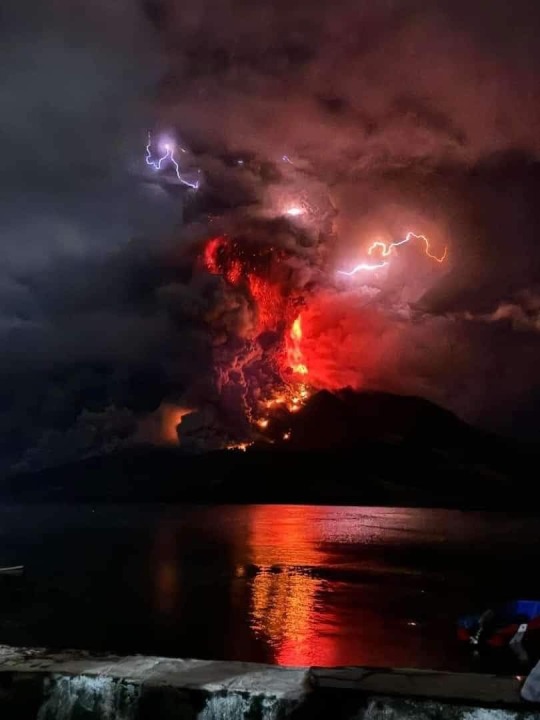
Ruang volcano in Indonesia's North Sulawesi Province.
126 notes
·
View notes
Text

"Replacement of sediments by Cauterets granite." Igneous rocks and their origin. 1914.
Internet Archive
68 notes
·
View notes
Text
#gaten matarazzo#chile#naturecore#childe x reader#高崎かなみ#feederist#summer fashion#donghae#library card#ai#harajuku#tt#geology#submisive faggot
124 notes
·
View notes
Text
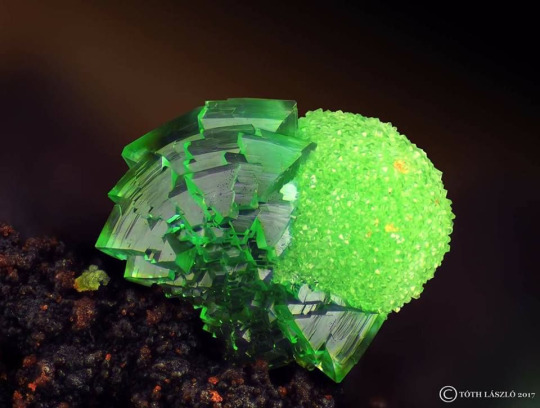
Cuprian Adamite, conichalcite, Greece, photo by Toth Laszlo
52 notes
·
View notes
Text


HiPOD: A Ridge in the Low Southern Latitudes
The objective of this observation is to determine the nature of a long straight ridge. At a point the ridge seems to disappear at the edge of an old crater and then reappear after a pause. It may be a dike. Along its length it has narrow portions and wide portions. The scene is also available in Context Camera data. (Black and white cutout is less than 5 km across; enhanced color is less than 1 km.)
ID: ESP_075020_1690
date: 28 July 2022
altitude: 260 km
NASA/JPL-Caltech/UArizona
34 notes
·
View notes
Text




Colla Wood Piece - Petrified Wood
#petrified wood#petrification#stone aesthetic#collectibles#geology#geology rocks#rocks and minerals#special collections#gemstones#copper#crystal collection#agate#opal#paleontology#natural history#nature
41 notes
·
View notes
Text
You guys have probably heard that the EPA just set new Maximum Contaminant Levels (MCLs) for the first time in decades for PFAS, which is BIG news in the industry, but not a surprise. I've been in meetings for months hearing about how new PFAS regulations were in the works, and the consensus in the environmental sector is that it's long overdue. But for the rest of you who've never heard of PFAS before I can break down what the big issues are and why they've taken so long to address.

^stolen from pubchem
So PFAS stands for per- and poly- flouroalkyl substances, and it's not one chemical compound, but an entire class of thousands of chemicals that have these chains of Carbon and Flourine atoms. For anybody who doesn't have a chem background fluorine is a nasty atom, it has seven electrons in its valence shell and it will do anything to fill it up to eight, creating incredibly strong bonds.
So you have really strong C-F bonds and these chains of C and F atoms are hydrophobic, which means these compounds are durable and water resistant, which makes them great for all sorts of industrial uses. And we've used them in everything: clothing, fast food wrappers, paints, solar panels, and non-stick pans just to start.
Unfortunately, these wonder chemicals are PBTM- Persistent, Bioaccumulative, Toxic, and Mobile. They don't break down, they build up in the food chain, they have adverse health effects, and even though C-F chains are hydrophobic, additional compounds connected to them can make them soluble in water (so they're in our drinking water). We're starting to realize PFAS can raise cholesterol, inhibit immune response, interfere with your thyroid (part of your hormonal system), cause liver toxicity, is linked to cancer, and more!
At this point you're probably starting to think wtf, how did we allow the continued widespread use of these chemicals? Well, we have phased out quite a few high profile PFAS compounds including PFOA and PFOS, but we still want to regulate and test for them in our drinking water. While PFAS is in many different products, the biggest sources of contamination are industrial runoff, areas where fire fighting foams were tested and used, landfills that leach out PFAS into the surrounding area, and wastewater treatment plants. So don't feel too stressed about eating microwave popcorn or using nail polish.
The reason these regulations took so long to implement was because of how difficult it was to connect such small amounts of PFAS with health hazards. The level of concern for PFAS is extremely low- in the ppt (parts per trillion) range. When I sample for contaminants I'm generally testing in the ppm range and higher, for PFAS we're looking an entire scale lower. We literally did not have the technology before the last few decades to detect PFAS in the ppt range in water, let alone study their effects (you can't just impose massive regulations without any proof to back it up).
States that currently have PFAS limits in drinking water have mostly capped it in the 10-70 ppt range. The new MCLs are 4-10 ppt for the six PFAS compounds the EPA addressed, which are six of the most common and most studied PFAS compounds. Most of the bitching I've seen is about how much this will cost and that the new limits are too low. The conservative take on this is that there isn't enough evidence to support such low MCLs, although most people in the environmental industry feel that more and more research keeps coming out and will keep coming out (remember studying such small amounts of anything is difficult) to support these levels. On the other side of the spectrum, there's the consensus that this is just the beginning and that more and more regulations on PFAS will be needed.
And they're in the works! I saw a proposed rule by the EPA that would ban 12 (already defunct) PFAS substances from pesticides. It wouldn't really affect the current manufacturing of pesticides, but it would be a safeguard from letting them back into the manufacturing process in case of a conservative presidency.
If you're still here I'd like to end on the note that as our science improves, our understanding of how we have impacted the environment and our health will improve. We are constantly going to find out about the adverse effects of new chemicals or things that we may not even produce anymore, and that's a good thing. Over time we are going to make the world a healthier and safer place.
#PFAS#if the boomers were the lead poisoning generation then were the pfas and microplastics generation#chemistry#geology#science#environment#long post
36 notes
·
View notes
Text
Welcome to my rock collection, i have
- rocks
- shiny rocks
- biiig rocks
- smol rocks


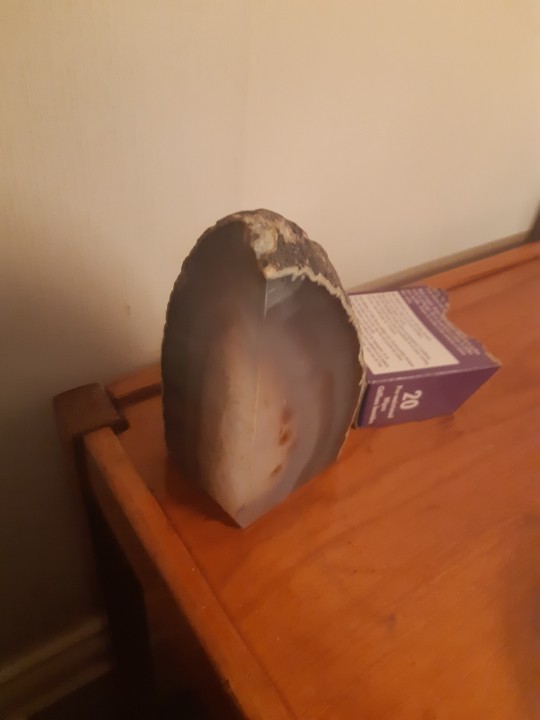

20 notes
·
View notes
Text
Trivia Tuesday!

Where ia the Cedar Mountain Formation located?
Tune in thia evening for the answer!
Most of the Cedar Mountain Formation is found in Utah!
#paleontology#fossils#dinosaur#geology#trivia#cedar mountain formation#Were you paying attention in other posts?
16 notes
·
View notes
Text
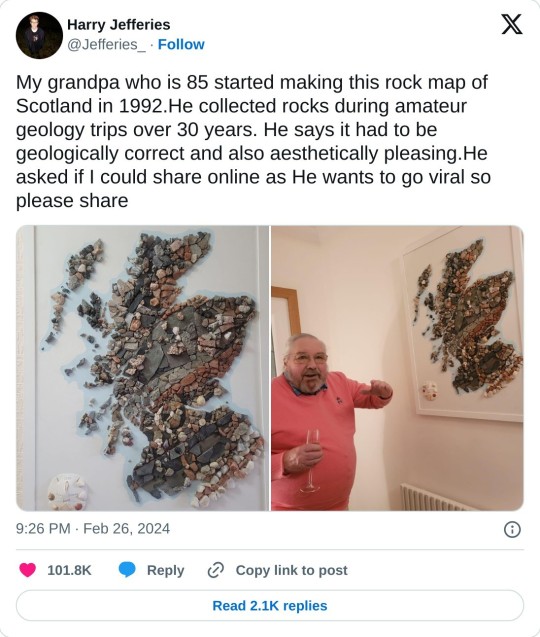
#geology#scotland#i haven't worked in geology in 30 years#but it's still dangerous to let me drive when the geology is interesting#@ayeforscotland#but i am still a cartographer#and this is a way cool map
51K notes
·
View notes
Text
my friend told me that her boyfriend got her a super cool rock while they were on vacation together and you would not BELIEVE my disappointment when i realized she was talking about her engagement ring
#this is a silly goofy mood post pls no being weird or taking it too seriously ok? ok :)#yes yes ur engaged congrats but also why would u get me excited about a rock#when no rock#eslyea#geology#rocks
217K notes
·
View notes
Text
22 notes
·
View notes
Text

It me
53K notes
·
View notes
